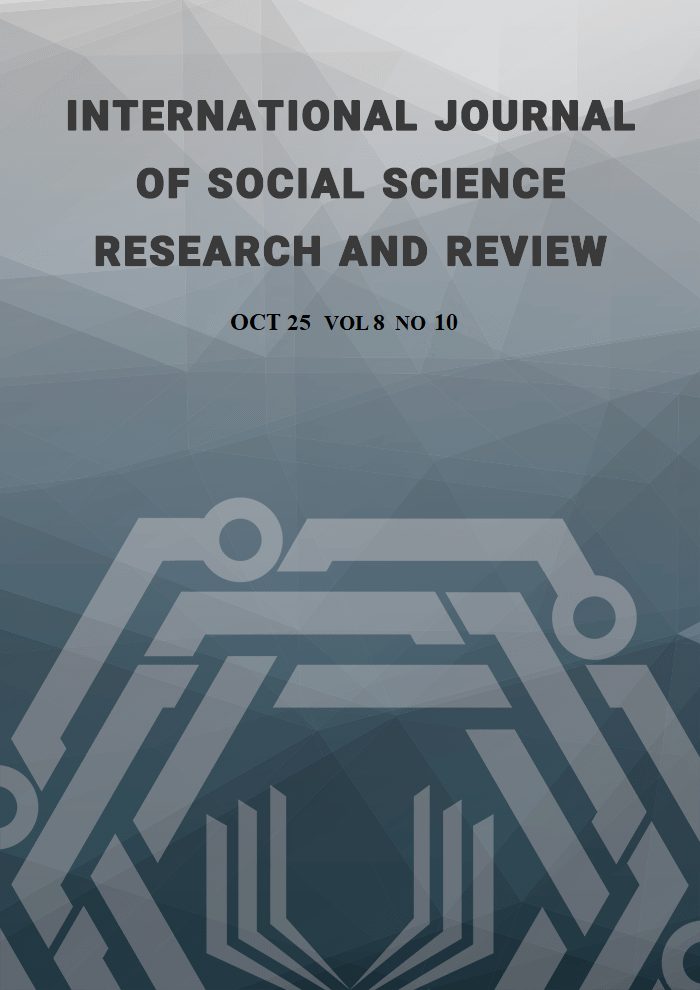A Comparative Analysis of Cybersquatting Policies in India, the US, and Canada
Abstract
Cybersquatting—a cybercrime involving the registration of internet domain names in bad faith—has become an increasingly complex legal challenge worldwide with the rise of internet usage. However, lacking dedicated legislation or standardized bad faith criteria, Indian courts struggle to deliver consistent rulings and rely on existing trademark policies and doctrines—most notably the principle of passing off. This creates uncertainty for brand owners and enables domain name abuse, particularly in cases involving non-registered marks or cross-border disputes. To examine and propose solutions to this issue, this paper addresses the research question: “How do countries approach cybersquatting, and what lessons can India draw from foreign legislation?” It argues that India must draw on structured foreign anti-cybersquatting frameworks, such as those of the United States and Canada, to develop clear statutory definitions of key principles—namely bad faith—and monetary and non-monetary remedies. While legal scholars broadly agree on the need to modernize cybersquatting frameworks globally, detailed, country-specific reforms for India remain scarce. This paper offers a comparative legal analysis between the U.S., Canada, and India, focusing on three key points: understandings of bad faith, provision of remedies, and assessment of parody cybersquatting cases. Following this analysis, the paper identifies five key gaps and corresponding reforms in India’s legal approach to cybersquatting: enacting a specific anti-cybersquatting statute to reduce inconsistencies in rulings and address cases involving non-registered marks where trademark law is inadequate; introducing statutory damages to ensure compensation even when losses are hard to quantify; allowing in rem actions against domain names where registrants are unidentifiable or beyond the court’s reach; providing a clear definition of bad faith with flexible assessment criteria to guide consistent rulings; and adopting a model law approach to promote international uniformity and offer a long-term solution to cross-border cybersquatting disputes.
References
II. Rogers, E. S. (1910). Some historical matter concerning trade-marks. Michigan Law Review, 9(1), 29–43. https://repository.law.umich.edu/mlr/vol9/iss1/4
III. World Intellectual Property Organization. (2007). Protocol relating to the Madrid Agreement concerning the international registration of marks. https://www.wipo.int/wipolex/en/text/283484
IV. Chandra, R., & Bhatnagar, V. (2019). Cyber-squatting: A cyber crime more than an unethical act. International Journal of Social Computing and Cyber-Physical Systems, 2(2), 146–150. https://doi.org/10.1504/IJSCCPS.2019.100197
V. Trainer, T. P. (2008). Intellectual property enforcement: A reality gap (Insufficient assistance, ineffective implementation). The John Marshall Review of Intellectual Property Law, 8(1), 47–79.
VI. Jain, A., & Gupta, E. (2024). Analyzing the efficacy of trademark enforcement against infringement of trademarks in India. Indian Journal of Integrated Research in Law, 4(2).
VII. Naik Naik & Co. (2023, November 9). An analysis of the concept of cybersquatting & legal issues pertaining to trademarks in India. Retrieved from [URL]
VIII. Plotkin, J. (2015). The model for path forward: A proposal for model law dealing with cyber-squatting and other abusive domain name practices. Denning Law Journal, 27, 204–240.

This work is licensed under a Creative Commons Attribution-NonCommercial-NoDerivatives 4.0 International License.
Copyright for this article is retained by the author(s), with first publication rights granted to the journal. This is an open-access article distributed under the terms and conditions of the Creative Commons Attribution license (https://creativecommons.org/licenses/by-nc-nd/4.0/).





